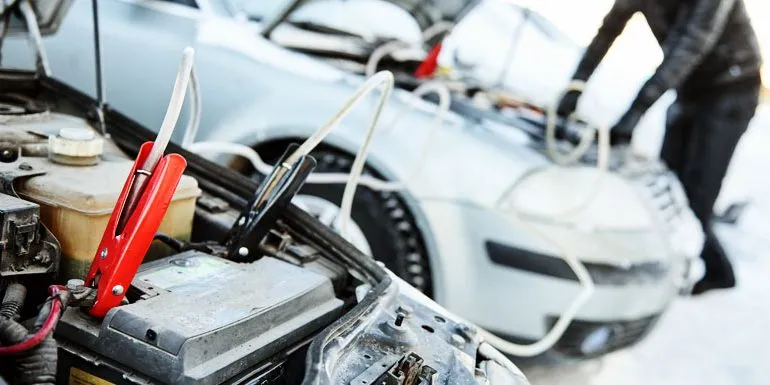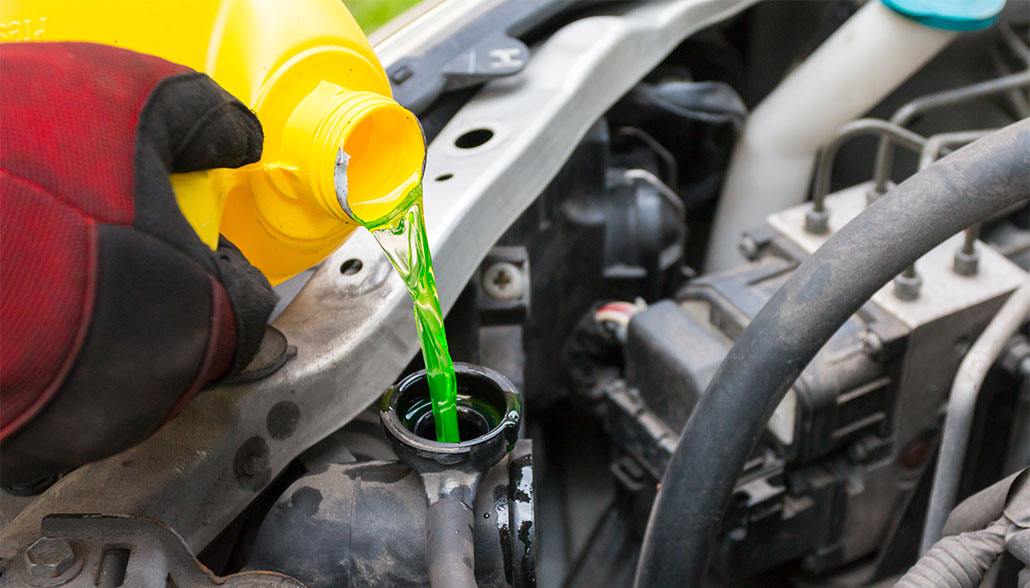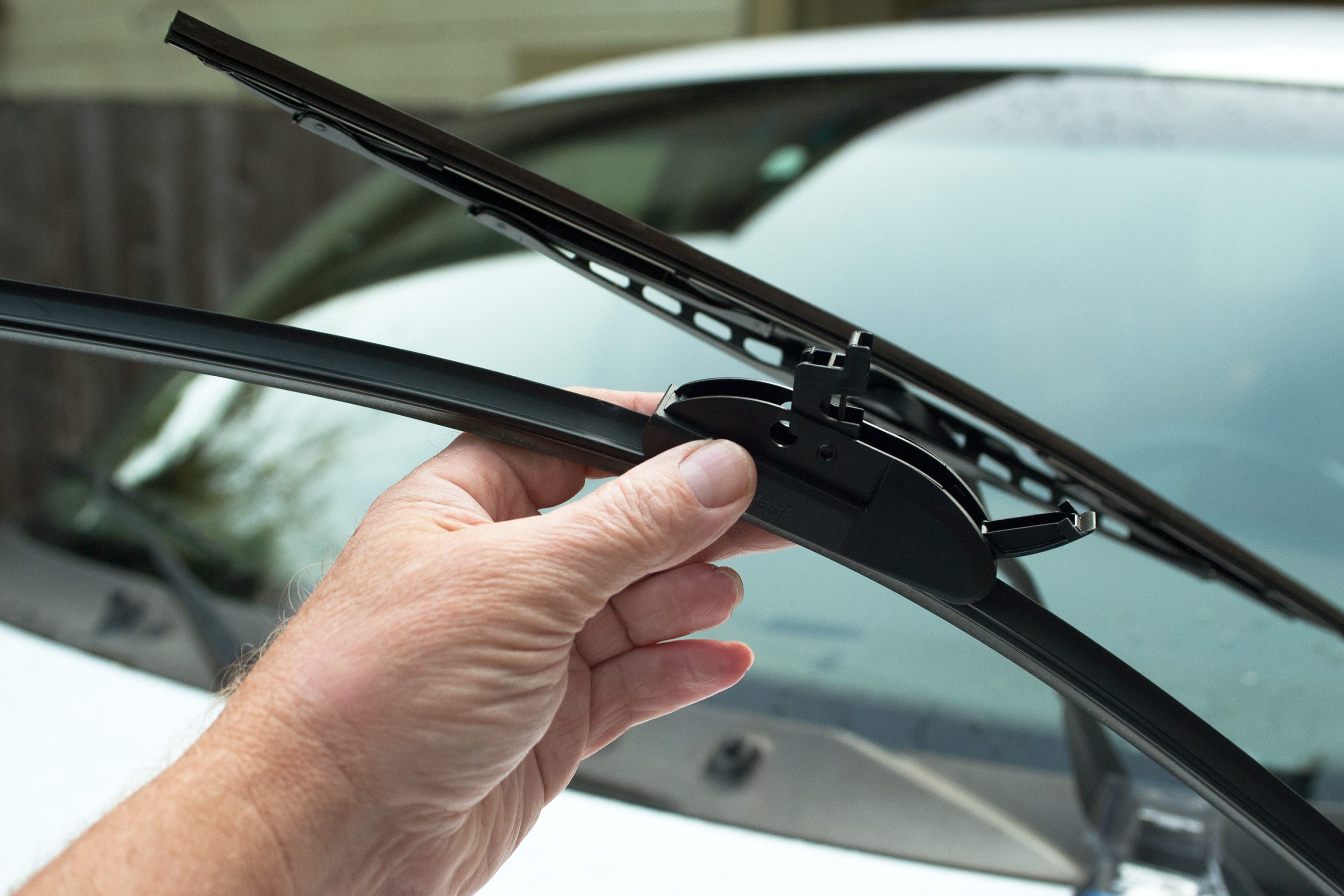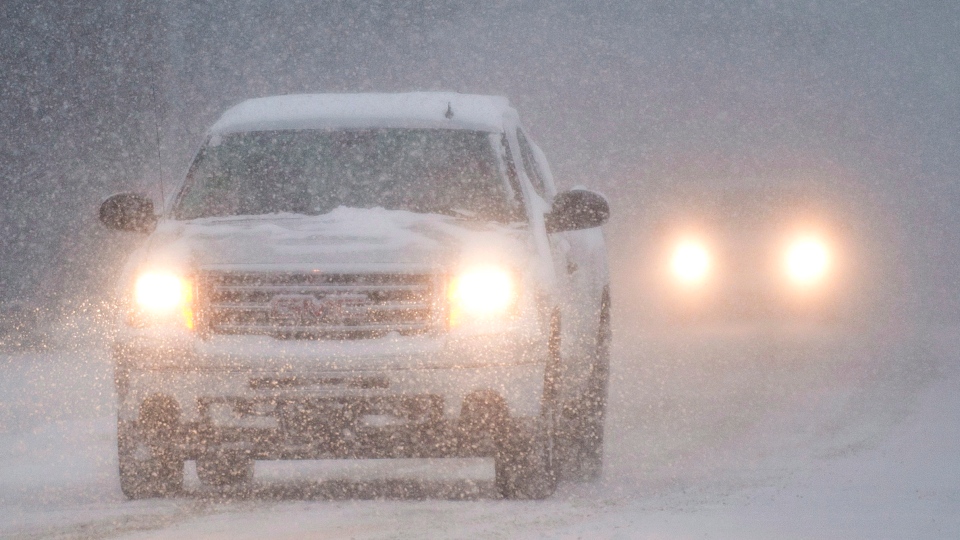Winter weather can be especially harsh on vehicles, but with the right preparation, you can keep your car running smoothly throughout the season. Cold temperatures and icy conditions can take a toll on your car’s battery, tires, and other critical components.
To avoid breakdowns and ensure your vehicle remains reliable, it’s essential to perform specific maintenance tasks before and during winter. This includes checking and maintaining your battery, ensuring your tires have adequate tread and are properly inflated, using the right engine oil, and keeping your fuel tank full.

Additionally, it’s crucial to inspect your antifreeze levels and cooling system, replace worn wiper blades, and use winter-grade washer fluid to maintain visibility. Preparing an emergency kit for unexpected situations can also provide peace of mind. By taking these steps, you can drive confidently and safely, knowing your car is ready to handle the challenges of winter weather.
Winter weather can be harsh on vehicles, but with the right preparation and maintenance, you can keep your car running smoothly throughout the cold months. Here are some essential tips to ensure your vehicle remains reliable and safe during winter:
1. Check Your Battery
Cold weather can be tough on car batteries. The chemical reactions inside the battery slow down in low temperatures, reducing its power output. To avoid being stranded with a dead battery, have it tested before winter sets in.

If your battery is over three years old or shows signs of weakness, consider replacing it. Additionally, ensure the battery terminals are clean and free of corrosion, and keep jumper cables in your car as a backup.
2. Inspect Tires and Maintain Proper Pressure
Tires are critical for traction on icy and snowy roads. Check the tread depth of your tires; they should have at least 4/32 of an inch of tread for safe winter driving.
Consider switching to winter tires if you live in an area with severe winter conditions, as they provide better traction and handling. Also, remember that tire pressure drops in colder temperatures, so check and adjust your tire pressure regularly to maintain optimal performance.
3. Use the Right Engine Oil
Engine oil thickens in cold weather, making it harder for the engine to turn over. To combat this, use a winter grade oil that is designed to perform well at low temperatures.
Refer to your vehicle’s owner’s manual to find the recommended oil viscosity for winter. Synthetic oils are often a good choice because they flow better in cold weather and provide better engine protection.
4. Keep Your Fuel Tank Full
A full fuel tank can prevent moisture from building up in the fuel lines, which can freeze and cause starting problems. It also adds extra weight to your car, providing better traction on slippery roads.
Aim to keep your fuel tank at least half full throughout the winter months. This also ensures that you have enough fuel to stay warm if you get stuck or stranded.
5. Check Your Antifreeze and Cooling System
Antifreeze, or coolant, prevents the engine from freezing in cold temperatures. Make sure your car has the right mixture of antifreeze and water, typically a 50/50 blend, to provide adequate protection. Check the coolant level and top it up if necessary.

Also, inspect the cooling system for any leaks or damage, and ensure the radiator and heater hoses are in good condition.
6. Inspect and Replace Wipers and Washer Fluid
Visibility is crucial during winter driving conditions. Worn out wiper blades can smear your windshield and reduce visibility, so replace them if they show signs of wear.
Use winter wiper blades if you experience heavy snow and ice. Additionally, fill your windshield washer reservoir with a winter-grade washer fluid that contains antifreeze to prevent it from freezing.
7. Prepare an Emergency Kit
Winter can be unpredictable, and having an emergency kit in your car can be a lifesaver. Include items such as a blanket, warm clothing, non perishable snacks, water, a flashlight with extra batteries, a first-aid kit, a small shovel, an ice scraper, and sand or kitty litter for traction. Also, consider adding a portable phone charger to ensure you can call for help if needed.

Keeping your car running smoothly during the winter months requires a combination of preventive maintenance and preparation. By checking your battery, maintaining your tires, using the right engine oil, keeping your fuel tank full, inspecting your antifreeze and cooling system, and replacing wipers and washer fluid, you can ensure your vehicle is ready to tackle winter’s challenges.
Additionally, having an emergency kit in your car can provide peace of mind and safety if you encounter unexpected situations. Taking these steps will help you drive confidently and safely throughout the winter season.

